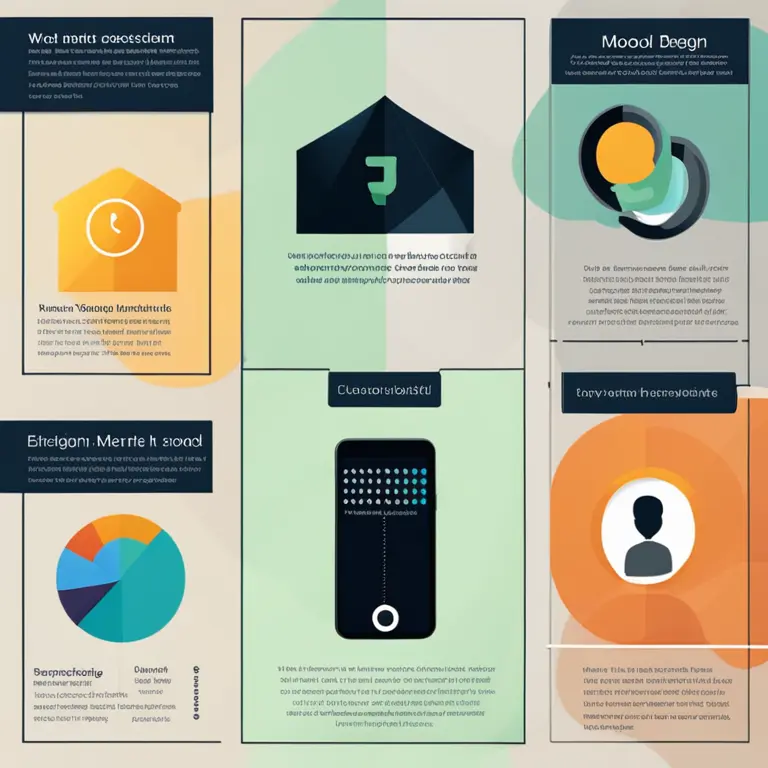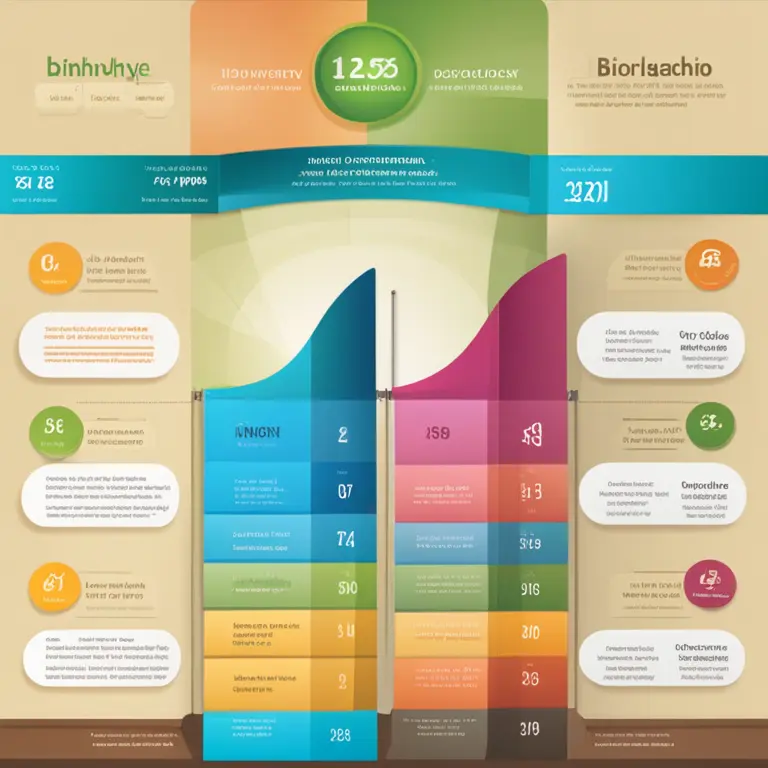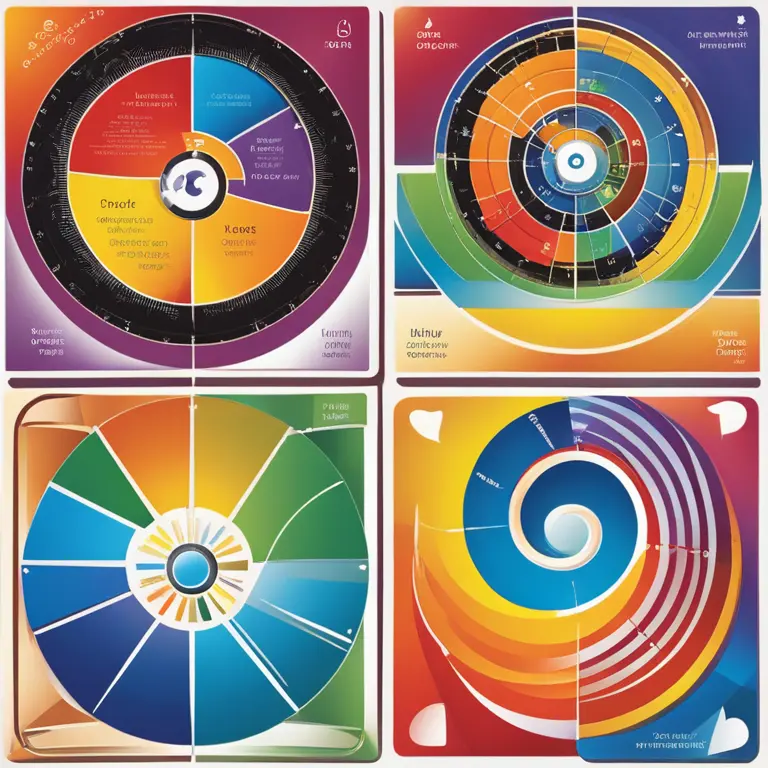
The Rhythms of Life: A Comprehensive Guide to Biorhythms
Delve into the science of biorhythms: biological cycles influencing our physical, emotional, and intellectual states, and learn how to calculate and interpret them for better living.
article by Adrian Wallace
Introduction to Biorhythms
Biorhythms are intrinsic cycles affecting various aspects of our lives, from our physical condition to the depth of our emotions, and the acuity of our intellect. Thought to originate from the biofeedback of our bodies, biorhythms are represented in three primary cycles: physical, emotional, and intellectual. Each cycle has a unique period, influencing specific facets of our being. While the concept has roots in the early 20th century, it continues to attract interest from those seeking to optimize their well-being through natural rhythms.

The Three Primary Cycles
The physical biorhythm operates on a 23-day cycle, influencing our strength, health, and overall stamina. The emotional biorhythm, with a 28-day period, affects our mood, creativity, and mental state of well-being. The intellectual biorhythm lasts for a 33-day span, shaping our thinking, reasoning, and memory faculties. Recognizing the interplay of these cycles can ostensibly provide insights into the ebb and flow of our day-to-day potential.

Calculating Your Biorhythms
To calculate your personal biorhythms, you need your birth date and the date for which you want to know your biorhythm status. Various tools and software available online can help you plot these cycles graphically. Through calculation, one can observe the intersection of 'high', 'low', and 'critical' days within each cycle, theoretically allowing for the anticipation of one's peak performance or alertness to potential downtrends in energy or mood.

Biorhythms in Practice
Proponents of biorhythms suggest considering these cycles when planning activities. For instance, choosing to schedule demanding physical tasks on days when your physical cycle is at a peak might result in better performance. Conversely, awareness of a trough in your emotional cycle could invite preparations for potential despondency. Critics argue the science is inconclusive, but many still find personal value in tracking these rhythms.

Scientific Scrutiny and Cultural Impact
Scientifically, biorhythms have been met with skepticism due to the lack of empirical evidence supporting their predictability. However, the continuous allure of biorhythms points to a profound cultural fascination with the idea of natural cycles and how they might parallel human life. As research into human biology and neurology advances, interpretations of biorhythms are likely to evolve, potentially gaining new frameworks supported by scientific discovery.
Future Prospects of Biorhythms
Emerging studies in chronobiology—the branch of biology concerned with periodic phenomena in living organisms—continue to intersect with the ideas underpinning biorhythms. By 2024 and beyond, the integration of technology in personal health and the growing appetite for personalized wellness plans might see a resurgence in biorhythm applications, refined by improved algorithms and scientific insights for a new era of holistic health management.
Published: 1/25/2024
Modified: 1/25/2024
More predictions
Come back here soon to learn more about yourself and your future


The Basis of Biorhythms: An Insight into Biological Cycles
Delve into the concept of biorhythms, the belief in rhythmic biological processes that purportedly influence human physiology and behavior.


The Human Biorhythm Cycle: Patterns of Life's Ebb & Flow
Delve into the human biorhythm cycle, a compelling concept in the holistic understanding of our physiological and emotional patterns over time.


The Biorhythm Debate: Effective Insight or Myth?
Discover the realities behind biorhythms, how they're calculated, and their impact on daily life. Can these biological cycles truly predict our physical, emotional, and intellectual states?